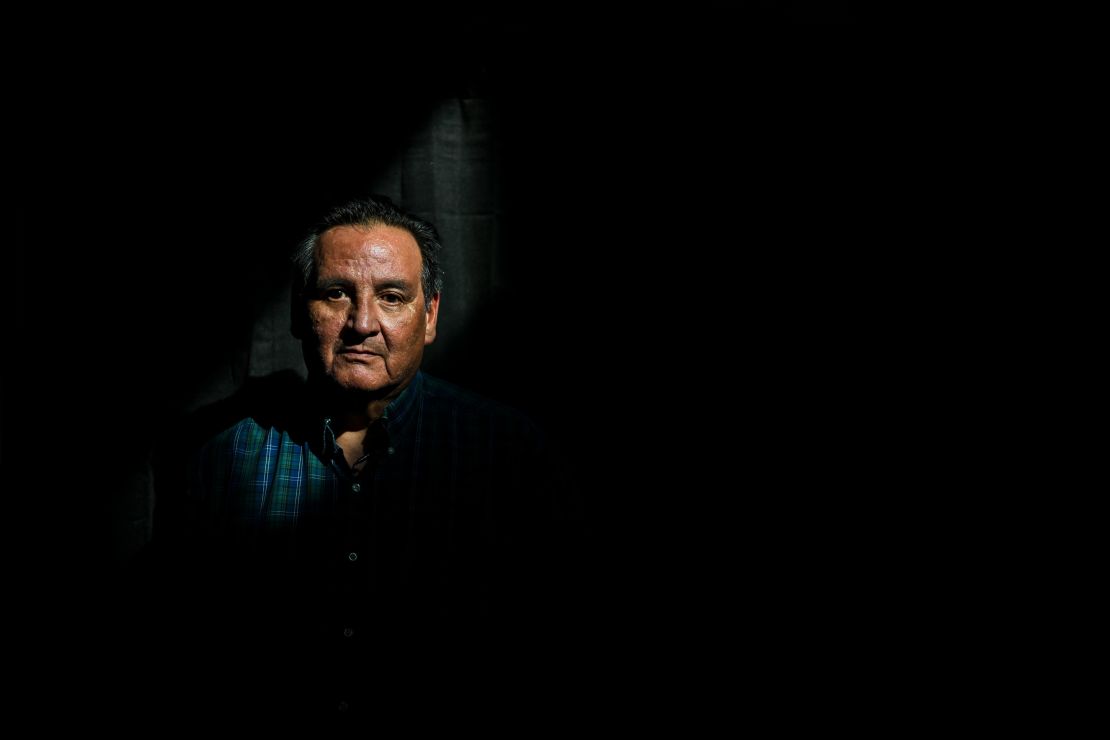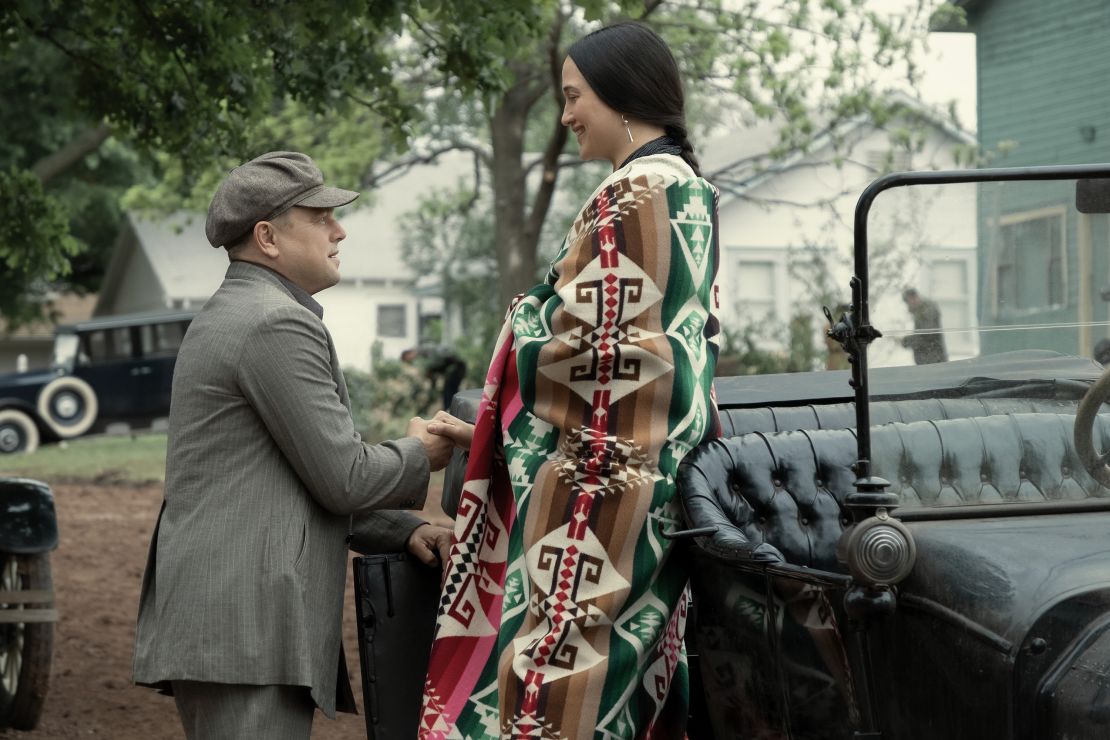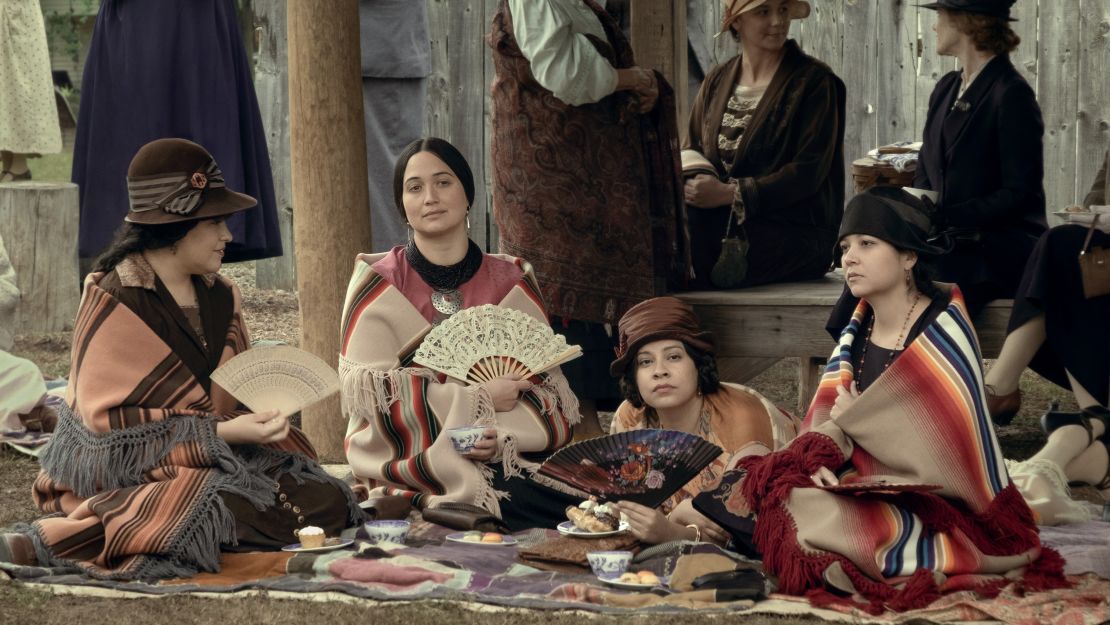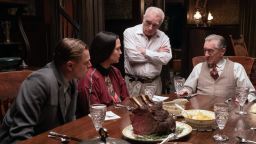begin quote from:
https://www.cnn.com/2023/10/21/entertainment/killers-of-the-flower-moon-osage-nation-cec/index.html
How the Osage Nation helped Martin Scorsese make ‘Killers of the Flower Moon’ more authentic

From the White savior narrative at the heart of “Dances With Wolves” to the Indigenous stereotypes in “The Last of the Mohicans,” Hollywood doesn’t exactly have the best track record when it comes to portrayals of Native Americans.
So when it was announced that Martin Scorsese would be directing “Killers of the Flower Moon,” a story about the 1920s Osage murders based on David Grann’s best-selling book of the same name, plenty of Osage people were skeptical.
“Killers of the Flower Moon” recounts a dark and painful chapter of Osage history. After the Osage were forced from their homelands and relocated to a reservation in present-day Oklahoma, they eventually discovered vast oil deposits beneath their new land. Those oil deposits made the Osage extraordinarily wealthy — and also made them the targets of a sinister murder plot.
“I was worried we were going to get exploited again — not so much in losing resources and our land, but in the telling of the story of how we lost our resources and land,” former Osage Nation Chief Jim Gray told CNN.
Before production of “Killers of the Flower Moon” began, the Osage Nation expressed their concerns and signaled that they wanted to be involved in bringing their history to the big screen. Scorsese and his team met with members of the tribe on multiple occasions, and ultimately worked with them to ensure that the depictions of Osage people and culture felt as true to life as possible.
Now that they’ve seen “Killers of the Flower Moon,” Gray and other Osages say the film is all the better for the collaboration.
Scorsese met with descendants of Osage murder victims
In 2019, Scorsese and his team met with Osage Nation Chief Geoffrey Standing Bear to discuss “Killers of the Flower Moon.” Chief Standing Bear offered up resources such as the tribe’s language department that could assist in the film’s production, the Osage News reported at the time.
That same year, Scorsese met with residents of Oklahoma’s Gray Horse community, many of whom are descendants of the Osage victims who were killed in the 1920s. Jim Gray was among those in attendance.

Gray is the great-grandson of Henry Roan, an Osage man whose killing ultimately clued federal investigators into the culprit behind the murder scheme. In the meeting with Scorsese, Gray said he encouraged the director to explore more deeply who these Osage victims were.
“Be the director to make a film that this industry hasn’t seen. The one that they’re going to look at and say, ‘That’s the one we got right,’” Gray said he conveyed to Scorsese at the time.
Gray said he can’t be sure what kind of impact his words ultimately had on Scorsese. But as the director has said in interviews, the original script was significantly overhauled. Like Grann’s 2017 book, the film was initially going to focus on special agent Tom White and how his investigation led to the birth of the FBI, with Leonardo DiCaprio set to play White.
“After a certain point, I realized I was making a movie about all the White guys,” Scorsese said in an interview with Time. “Meaning I was taking the approach from the outside in, which concerned me.”
Scorsese and DiCaprio eventually decided that the heart of the film was instead the relationship between Mollie and Ernest Burkhart — the Osage woman whose family members were mysteriously dying off and her White settler husband. DiCaprio was recast as Ernest Burkhart, while Jesse Plemons was brought in to play the FBI agent.

“Killers of the Flower Moon” still centers largely on a White man — a point that some Osages have criticized.
“As an Osage, I really wanted this to be from the perspective of Mollie and what her family experienced,” Christopher Côté, an Osage language consultant on the film, told The Hollywood Reporter at the Los Angeles premiere this week. “But I think it would take an Osage to do that.”
Côté, who acknowledged that Scorsese “did a great job representing our people,” also criticized the portrayal of Mollie and Burkhart’s marriage.
“This history is being told almost from the perspective of Ernest Burkhart and they kind of give him this conscience and kind of depict that there’s love,” Côté added. “But when somebody conspires to murder your entire family, that’s not love. That’s not love, that’s just beyond abuse.”
(Scorsese said in an interview with The New Yorker that the descendants of Mollie and Ernest Burkhart told him that the couple was in love.)
Osage consultants worked to make the story feel authentic
Countless Osage people worked on “Killers of the Flower Moon”and their mark is evident throughout, said Chad Renfro, the tribe’s ambassador for the film and a consulting producer on the project.

The first frame of the film displays Osage orthography, Renfro said, and the language is spoken by Osage and non-Osage actors. The characters wear traditional clothing made by Osage artisans, and the scenery depicted is the Osage reservation.
“It’s not every day that a small Native nation gets this platform,” Renfro said. “This is a horrific story, and it is something that is really hard for us to watch. But it is thrilling to say the least to see it come to life in such a way.”
Hearing the Osage Nation language spoken by A-list actors like Robert De Niro was especially powerful, Gray said. It’s a testament to efforts of Osage language consultants and coaches, as well as the resources the tribe has invested in revitalizing its language.

“When (De Niro) starts talking Osage, my spine stiffened up in the movie theater,” Gray said. “He was convincing. As an Osage, watching him pull that off — knowing he would never have been able to do that had there not been an Osage assigned to him teaching him how to speak Osage … that was impressive.”
Osage consultants weighed in on a myriad of details, from wardrobe to traditional customs, resulting in a level of authenticity that Gray said he hasn’t seen in a mainstream Hollywood project about Native people.
“The clothing, the designs, the fabrics, the way the Osage woman wore her blanket. Little things that most everyone is going to just ignore,” Gray added. “But if you’re an Osage sitting in the audience, you’re gonna catch things. A lot of little things.”
“Killers of the Flower Moon” might have looked different had an Osage filmmaker been at the helm. But for the moment, Gray said he’s focusing on how all the time and effort that the Osage Nation poured into the film helped strengthen it. And he and Renfro are hopeful it will set a new industry standard.
“It is setting the bar really high for things like this going forward,” Renfro added. “I hope that it will encourage Hollywood and anybody who’s considering making films about other cultures, period, to do the same.”


No comments:
Post a Comment